Matyó Museum
An exploration of a small ethnic group’s heritage through their exquisite folk art.
The Matyó Museum, housed in the former Crown Hotel, offers great insight into the folk art and way of life of the Matyó people. The collection includes embroidery from different time periods, as well as home furnishings and household items. The exhibition points out how the variations of folk costumes reflect the wearer’s age and marital status.
Matyó people are a small ethnic group from northern Hungary who are renowned for their exquisitely embroidered folk costumes. Although lavishly embroidered costumes suggest considerable wealth, “Matyóland” has always been among the poorest regions of the country. Their popular saying, “Let the stomach growl but the costume shine,” describes the attitude of Matyó people toward life.
The folk art of Matyó living in and around the town of Mezőkövesd has a history of more than 200 years. The earliest surviving embroidery was border decoration on bedsheets that covered the so-called “high made-up beds.” These bedsheets were embroidered with motifs of shoes and birds using only red and blue yarn. The most elaborately embroidered folk costumes and household fabrics appeared in the early 20th century, and the Matyó rose has become an emblematic floral motifs. Each color used in the embroidery has a specific meaning: yellow represents summer, red represents joy, blue represents sorrow, green represents mourning, and black represents earth. Embroiderers relied greatly on the art and skill of the so-called “writing women” who created hand-drawn patterns. One of the most famous was Bori Kis Jankó (1876–1954), who was also called the “woman of 100 roses.” In addition to embroidery, these floral motifs have been used in interior design, architecture, and contemporary fashion.
There are many tales circulating among women in the town about the birth of the Matyó embroidery. According to one of them, the devil once kidnapped the sweetheart of a Matyó girl. In response to the girl’s pleading, the devil asked her to bring him the most beautiful flowers of the meadow in her apron, in exchange for her lover. Unfortunately, the incident happened during winter. The girl searched in vain but found no flowers. She spent the next few days in despair, until she finally figured out how to fulfill the devil’s wish. She ran around the village and asked the women for yarn in different colors. Then, embroidering day and night, she filled her apron with beautiful flowers: roses, tulips, and peonies. She took the apron to the devil, who was pleased with the ransom and kept his promise.
The painter István Takács (1901–1985) played a major role in preserving the traditions of the Matyó people with his artistic work. He was born a Matyó of Mezőkövesd, a child of a traditional peasant family. His love for his homeland can be seen in his folk paintings, which show the Matyó way of life, and created the Matyó Madonna, in which the Virgin is depicted in a Matyó folk costume. Near the museum, the Town Gallery has a comprehensive collection of his work, while the Virgin Mary’s Chapel of Szent Laszló’s Church is decorated with his frescoes.



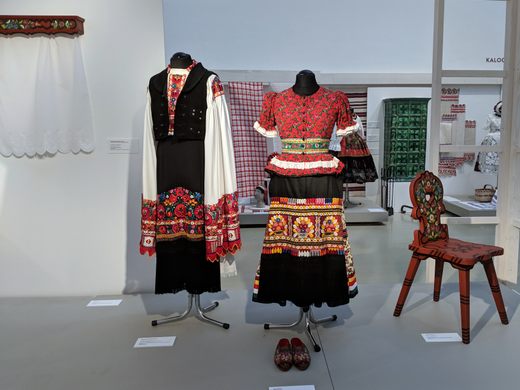



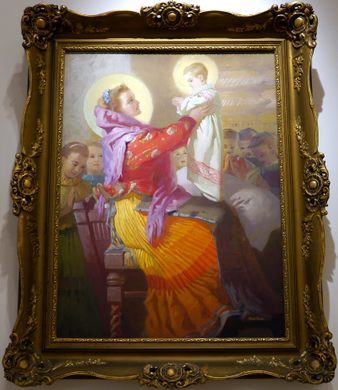



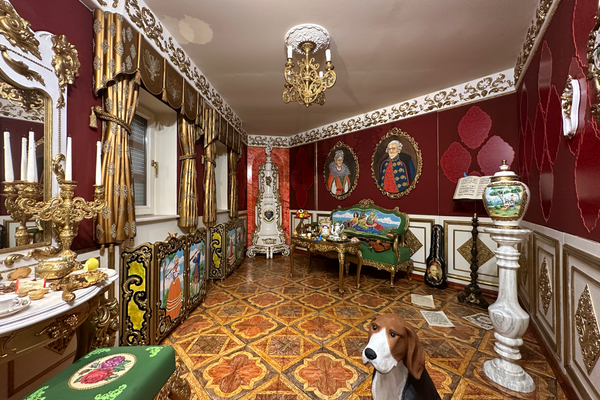



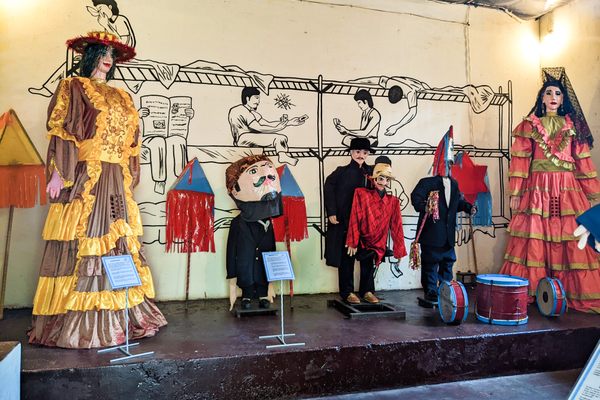

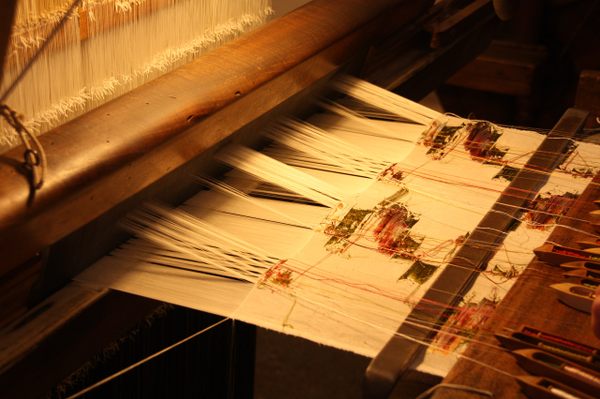


Follow us on Twitter to get the latest on the world's hidden wonders.
Like us on Facebook to get the latest on the world's hidden wonders.
Follow us on Twitter Like us on Facebook